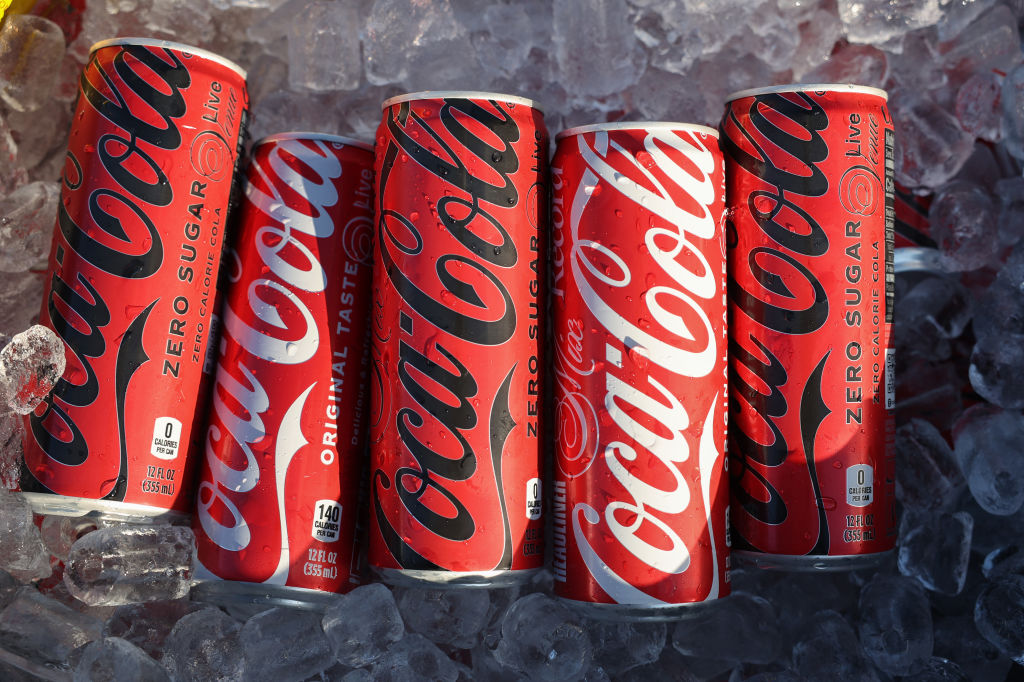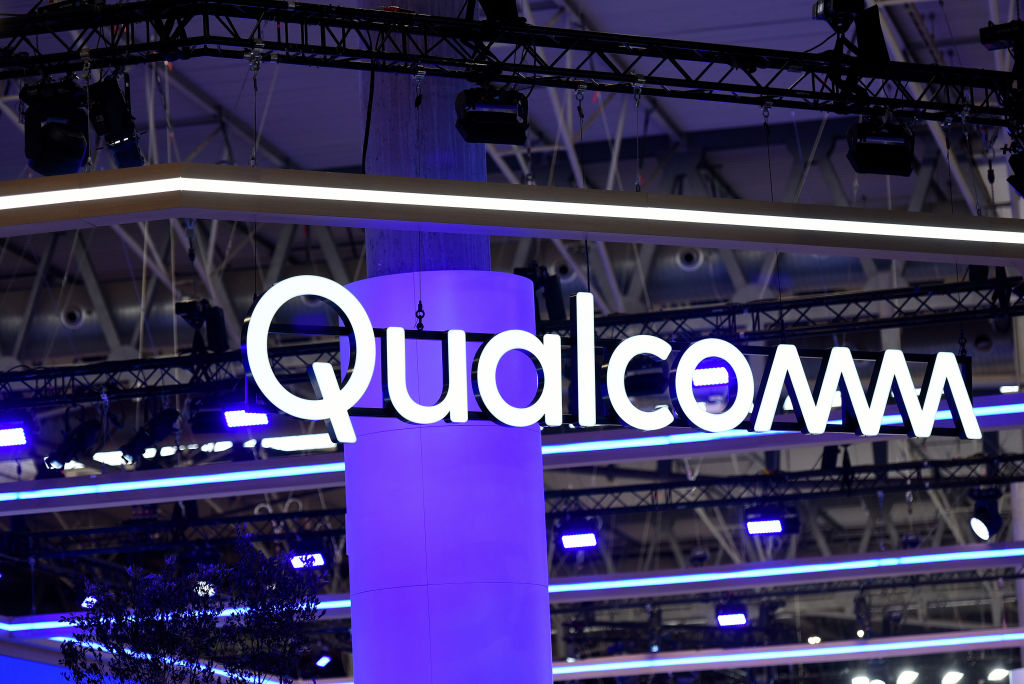Jim Stack on Stocks: We're Already in a Bear Market
The major indexes aren't down 20% yet, but InvesTech's chief says other indicators suggest the long bull market is over.

If it looks like one, talks like one and growls like one, it’s a bear market—and make no mistake, we’re in one, says market guru Jim Stack, head of InvesTech Research and one of Kiplinger's favorite market strategists and historians. And, he says, it’s probably going to get worse before it gets better. “The best course for investors is to maintain a defensive position—this is not the time to go out bottom-fishing.”
It took a while for Stack to give up on the bull market—although he has been increasingly cautious since the start of 2015. In the portfolio he recommends for clients of the InvesTech Research newsletter, Stack has whittled his positions in the two sectors he considers most risky—consumer discretionary (companies that make or sell nonessential consumer goods) and financials—to just 5% and 2% of assets, respectively. At the same time, he has increased cash to 19% of assets. Adding in an 8% stake in a fund that moves in the opposite direction of Standard & Poor's 500-stock index, he has effectively reduced exposure to the stock market to about 65% of assets. By keeping one-third in cash or cash equivalents and by avoiding those two risky sectors, “we’ve taken out volatility and protected against risk,” he says.
Play defense
Investors should concentrate stock holdings in defensive sectors, says Stack—health care, staples (companies that sell consumer necessities) and, in general, large-company blue chips. “Those are the companies that will weather a bear market well,” he says. InvesTech's biggest portfolio holdings include two exchange-traded funds, Health Care Select Sector SPDR (symbol XLV), accounting for 17% of assets, and Consumer Staples Select Sector SPDR (XLP), at 14% of assets.
From just $107.88 $24.99 for Kiplinger Personal Finance
Become a smarter, better informed investor. Subscribe from just $107.88 $24.99, plus get up to 4 Special Issues

Sign up for Kiplinger’s Free Newsletters
Profit and prosper with the best of expert advice on investing, taxes, retirement, personal finance and more - straight to your e-mail.
Profit and prosper with the best of expert advice - straight to your e-mail.
Stack sees the greatest risk in stocks with lofty price-earnings ratios. In particular, he says, forget the FANG stocks—Facebook (FB, $102.01), Amazon.com (AMZN, $507.08), Netflix (NFLX, $87.40) and Alphabet (GOOGL, $706.89), formerly called Google. (Prices and returns are as of February 12.)
This bear's reach is broad, Stack says. Stock markets in Germany, Japan and London are all in bear territory (generally considered to be a drop of at least 20% from a previous peak). In the U.S., the Russell 2000, a barometer of small-company stocks, and the Dow Jones transportation average are in bear-market territory. The Nasdaq Composite index, which has sunk 17% since last July, is nearly there. Moreover, although declines in blue-chip indexes such as the S&P 500 and the Dow Jones industrial average haven't yet reached bear-market proportions—following the February 12 surge, the indexes are down 12.5% and nearly 13%, respectively, from their highs—a deeper look paints a bleak picture. Some 60% of S&P stocks are down more than 20%, says Stack, and 37% are down more than 30%. Even on February 12, when both the Dow and S&P 500 soared by 2%, stocks hitting new 12-month lows on the New York Stock Exchange numbered in the triple digits. Says Stack: “This is a bear market for many investors.”
Where's the bottom?
The confusion for investors, he says, is that while “this market has 'bear' written all over it, economically, there doesn’t appear to be a recession on the horizon.” Rarely do you see a full-scale bear market without a recession, Stack says. The bear market of 1987 was one such exception, as was the decline in 1966—and the economy barely avoided a recession then. But the number of ominous signs has been growing, including a significant drop in confidence among corporate CEOs, a slowdown in manufacturing and service-sector activity, and some disappointing employment data. What many investors fail to realize, says Stack, is that if the economy sinks into recession, it likely won't be recognized until the end of this year, although the starting date would be closer to the beginning of the year. And by the time a recession is trumpeted in the headlines, a market bottom is already near. But further deterioration of economic readings from here could portend a nastier bear market than Stack currently expects—in which case he’ll lighten up on stocks even more.
For now, it's premature to speculate on just when a market bottom will materialize, or how far stocks will fall. But Stack is pretty sure we haven't reached bottom yet. “I've learned from over 40 years of experience that you don’t rush a market bottom.” He advises investors to use rallies to sell stocks to a level they're comfortable with. Ask yourself whether you're ready to ride out the storm if blue chip averages have lost only half of what they might end up losing. “If you're losing sleep at night, your investment strategy doesn't match your risk tolerance,” says Stack. “Step back from the market and give it a month or two for the dust to settle.”
And don't feel pressured to jump into the market for fear of missing the turnaround. Even if we saw the lows last week, stock prices will likely retrace their steps, back to those lows, several times, Stack says. If those lows hold, and no new economic worries surface, only then should you think about gradually dipping your toe back into the market. “There will be a great buying opportunity ahead,” says Stack. “I don't think it's there yet.”
Profit and prosper with the best of Kiplinger's advice on investing, taxes, retirement, personal finance and much more. Delivered daily. Enter your email in the box and click Sign Me Up.

Anne Kates Smith brings Wall Street to Main Street, with decades of experience covering investments and personal finance for real people trying to navigate fast-changing markets, preserve financial security or plan for the future. She oversees the magazine's investing coverage, authors Kiplinger’s biannual stock-market outlooks and writes the "Your Mind and Your Money" column, a take on behavioral finance and how investors can get out of their own way. Smith began her journalism career as a writer and columnist for USA Today. Prior to joining Kiplinger, she was a senior editor at U.S. News & World Report and a contributing columnist for TheStreet. Smith is a graduate of St. John's College in Annapolis, Md., the third-oldest college in America.
-
 Stocks Slip to Start Fed Week: Stock Market Today
Stocks Slip to Start Fed Week: Stock Market TodayWhile a rate cut is widely expected this week, uncertainty is building around the Fed's future plans for monetary policy.
-
 December Fed Meeting: Live Updates and Commentary
December Fed Meeting: Live Updates and CommentaryThe December Fed meeting is one of the last key economic events of 2025, with Wall Street closely watching what Chair Powell & Co. will do about interest rates.
-
 This Is Why Investors Shouldn't Romanticize Bitcoin
This Is Why Investors Shouldn't Romanticize BitcoinInvestors should treat bitcoin as the high-risk asset it is. A look at the data indicates a small portfolio allocation for most investors would be the safest.
-
 Stocks Slip to Start Fed Week: Stock Market Today
Stocks Slip to Start Fed Week: Stock Market TodayWhile a rate cut is widely expected this week, uncertainty is building around the Fed's future plans for monetary policy.
-
 Stocks Keep Climbing as Fed Meeting Nears: Stock Market Today
Stocks Keep Climbing as Fed Meeting Nears: Stock Market TodayA stale inflation report and improving consumer sentiment did little to shift expectations for a rate cut next week.
-
 Small Caps Hit a New High on Rate-Cut Hope: Stock Market Today
Small Caps Hit a New High on Rate-Cut Hope: Stock Market TodayOdds for a December rate cut remain high after the latest batch of jobs data, which helped the Russell 2000 outperform today.
-
 UNH Sparks a 408-Point Surge for the Dow: Stock Market Today
UNH Sparks a 408-Point Surge for the Dow: Stock Market TodayThe best available data right now confirm both a slowing employment market and a December rate cut, a tension reflected at the equity index level.
-
 Stocks Bounce Back With Tech-Led Gains: Stock Market Today
Stocks Bounce Back With Tech-Led Gains: Stock Market TodayEarnings and guidance from tech stocks and an old-school industrial lifted all three main U.S. equity indexes back into positive territory.
-
 Dow Slides 427 Points to Open December: Stock Market Today
Dow Slides 427 Points to Open December: Stock Market TodayThe final month of 2025 begins on a negative note after stocks ended November with a startling rally.
-
 If You'd Put $1,000 Into Coca-Cola Stock 20 Years Ago, Here's What You'd Have Today
If You'd Put $1,000 Into Coca-Cola Stock 20 Years Ago, Here's What You'd Have TodayEven with its reliable dividend growth and generous stock buybacks, Coca-Cola has underperformed the broad market in the long term.
-
 If You Put $1,000 into Qualcomm Stock 20 Years Ago, Here's What You Would Have Today
If You Put $1,000 into Qualcomm Stock 20 Years Ago, Here's What You Would Have TodayQualcomm stock has been a big disappointment for truly long-term investors.